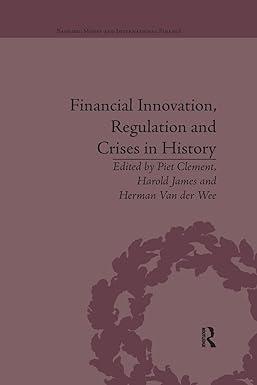Answered step by step
Verified Expert Solution
Question
1 Approved Answer
25. What happens to the NPV of a one-year project if fixed costs increase from $400 to $600? The firm has a 15% tax rate
25. What happens to the NPV of a one-year project if fixed costs increase from $400 to $600? The firm has a 15% tax rate and a 12% cost of capital. ____ A) NPV decreases by $200.00 B) NPV decreases by $173.91 C) NPV decreases by $130.00 D) NPV decreases by $113.04 26. A firm has to select a project from among four mutually exclusive projects with the risk/return characteristics in the table below. Which of the following statements BEST describes how this selection should be made? Project A B C D Expected Return 23% 15% 18% 20% Standard Deviation 12% 7.69% 8.23% 10.67% ____ A) Project A should be chosen because it has the highest expected return B) Project B should be selected because it has a standard deviation of only 7.69% C) Project C should be accepted because it has the lowest coefficient of variation D) Project D should be picked because it has the highest coefficient of variation 27. Which of the flowing technique may be more appropriate to analyze projects with interrelated variables? ____ A) Sensitivity analysis B) Scenario analysis C) Breakeven analysis D) Decision tree analysis 28. What is the maximum percentage of variable costs in relation to sales that a firm can experience and still break even with $5 million revenues, $1 million fixed costs and $500,000 depreciation? ____ A) 60% B) 70% C) 80% D) 90% Hint: EBIT = S
Step by Step Solution
There are 3 Steps involved in it
Step: 1

Get Instant Access to Expert-Tailored Solutions
See step-by-step solutions with expert insights and AI powered tools for academic success
Step: 2

Step: 3

Ace Your Homework with AI
Get the answers you need in no time with our AI-driven, step-by-step assistance
Get Started


